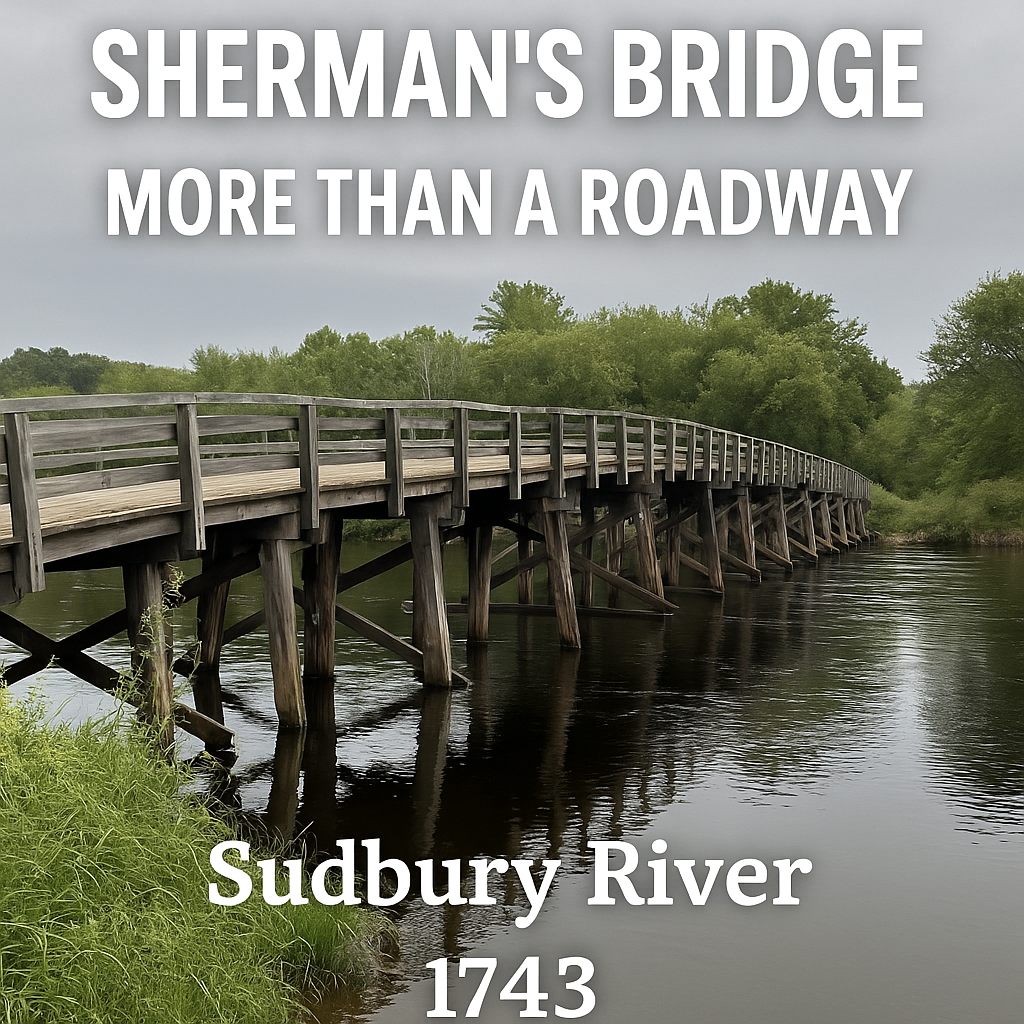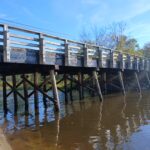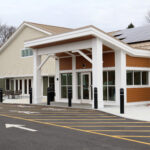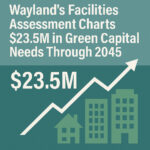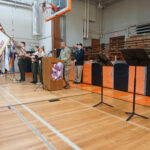Dear Editor,
I live on Sherman’s Bridge Road in Wayland, named for the historic (1743) — some would say iconic — Sherman’s Bridge over the Sudbury River. I can see this bridge from my house, and of course, I can hear it as vehicles try to speed over its uneven timbers. The sound is, for me, part of the charm of the neighborhood, part of what makes this bridge more than just a roadway — it’s a place. More than a shortcut route to a destination, Sherman’s Bridge is a destination. This was just one of the issues brought up last week as citizens from Wayland were invited to join their neighbors in Sudbury to discuss the design of a renovated Sherman’s bridge.
Wayland, Sudbury and Mass-DOT are all working together on a project to rehabilitate the bridge, which is more complex than it seemed only a short while ago. Especially this bridge, whose constituency is much more than car commuters just passing through, landscapers with their extra-wide trailers, school buses — it’s bicyclists, motorcyclists, pedestrians, people fishing, boaters, historians, conservationists, nature photographers, landscape painters, telescope star-gazers and tax-paying neighbors. Families have held weddings on this wooden bridge. We’re all clients for the new design, and we need more for this bridge than our town’s public works planners were talking about this past Thursday night in the only public meeting to be held so far about the future of the bridge.
In the meeting, citizens were presented with artistic impressions of how the historic wooden bridge would look with a fast, smooth, asphalt-covered driving lane and metal guard rails (we’ll paint ’em to look like wood!) built atop new glulam wood beams. Folks lined up at the microphones to question safety, speed and the historic nature of the bridge in its sparsely settled residential neighborhood. What happens when the bridge goes underwater in floods? What about studies that show the technology of asphalt on glulam on an old native timber substructure, all expanding and contracting at different rates, leads to serious maintenance issues that might dwarf any maintenance going on just now?
On a historic scenic road and wooden bridge where commuters are already traveling way too fast, DOT’s proposed fix — a couple of inches of asphalt on hidden glulam beams — might not be the answer, technically or culturally. Our DPW promised answers in three weeks’ time. Stay tuned!
Jeff Stein
Sherman’s Bridge Road


